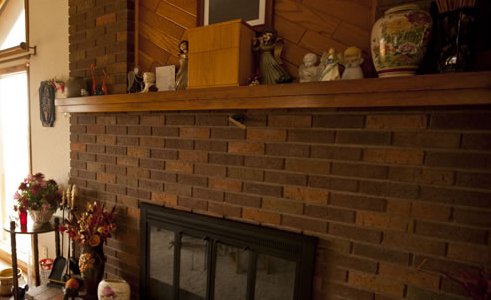Selecting a Final Resting Place after Cremation
With the passing of a loved one, there are many difficult emotional and psychological challenges ahead. But the one thing that needs to be addressed in short order is whether there is to be a burial or a cremation. If cremation is decided upon, another question is what is to be done with the ashes once the cremation process is finished.
In an ideal situation, there is advance planning, and the deceased will have specified ahead of time the final fate and resting place of those ashes. In cases where this hasn’t occurred, there is some thinking to do, as well as certain regulations that may need to be observed.
Conventional Destinations
Those that survive the deceased have many official, “traditional” options. If a specific location isn’t desired, many cemeteries offer a columbarium, which is a specific space or niche in walls where ashes in their urn or another container can be placed. It’s also possible to bury ashes in a grave, and this can be done in combination with other cremated remains, or, if a family plot is owned, it can be done there. In Iowa City, we’re very fortunate to have two local cemeteries with columbarium’s and most of our local cemeteries allow for more than one cremation burial on a space; depending on the cemetery and lot dimensions, the number of urns allowed on one lot, or grave space may vary. Several area churches have also constructed columbariums on their property to better serve their parishioners.
For veterans and their dependents, the Iowa Veterans Cemetery near Van Meter provides space for in-ground burial of cremated remains as well as niche space in their columbarium walls. Rock Island and Keokuk National Cemetery also provided options for families choosing cremation, whether in-ground or columbarium.
For those that prefer to scatter ashes, some cemeteries offer “scattering gardens” which are sanctioned areas where ashes may be freely scattered to return to the earth.
Meaningful Destinations
Of course, some people may simply prefer to bring the urn or container home and keep it there, which is a perfectly acceptable alternative. Others, however, may prefer to bring the ashes to another location and scatter them there.
The state of Iowa will allow this, but with certain considerations to keep in mind.
If you are choosing to scatter ashes on your own private property, nothing is preventing this, and you may do as you see fit on privately owned land. If you wish to scatter ashes on private property that does not belong to you, you will need to seek permission, from the owner first.
If you want to scatter ashes on state or city property, such as a special park, or other location that holds personal meaning, permission will be required before the ashes can be scattered. Many local governments have code regarding the scattering of cremated remains within their limits and can offer guidance in the matter.
It should be noted, however, because of Iowa’s clean water act, you will likely require permission from a state agency if you wish to scatter ashes on a river or lake. The ocean is perfectly legal but requires a minimum distance of three nautical miles from shore. Another option is scattering ashes in the air, and this too is legally acceptable, provided that it is strictly the ashes being scattered, and you are not dropping the urn.
If you want to explore your options more thoroughly on cremation services and your options with cremation, please get in touch with us. We have been helping people for years during their difficult times, and we are more than happy to provide you with our support and experience.












Comments